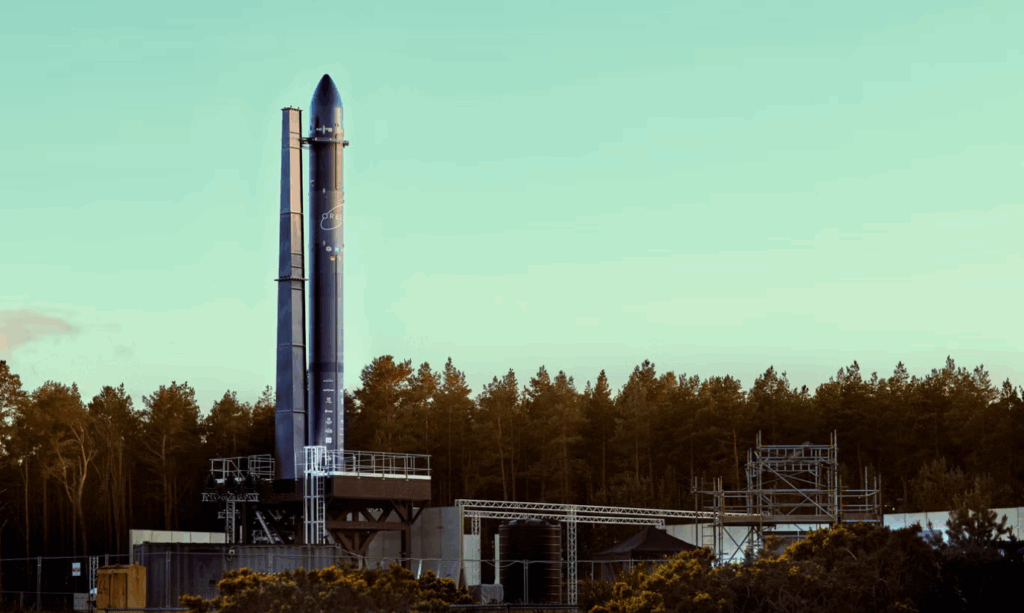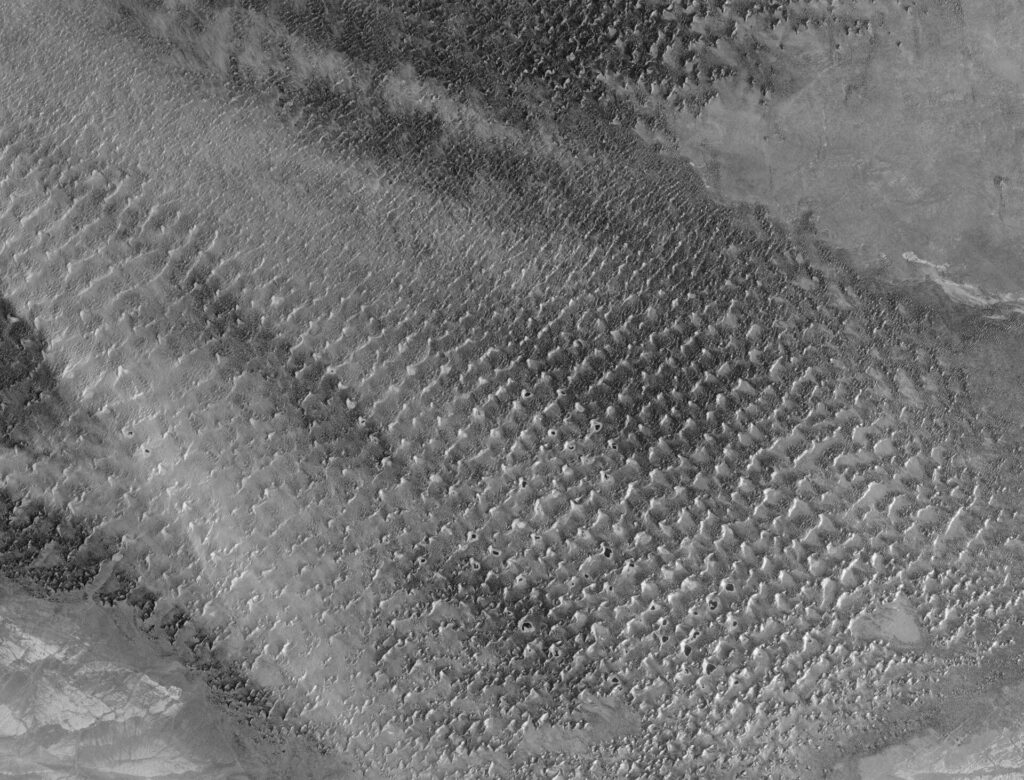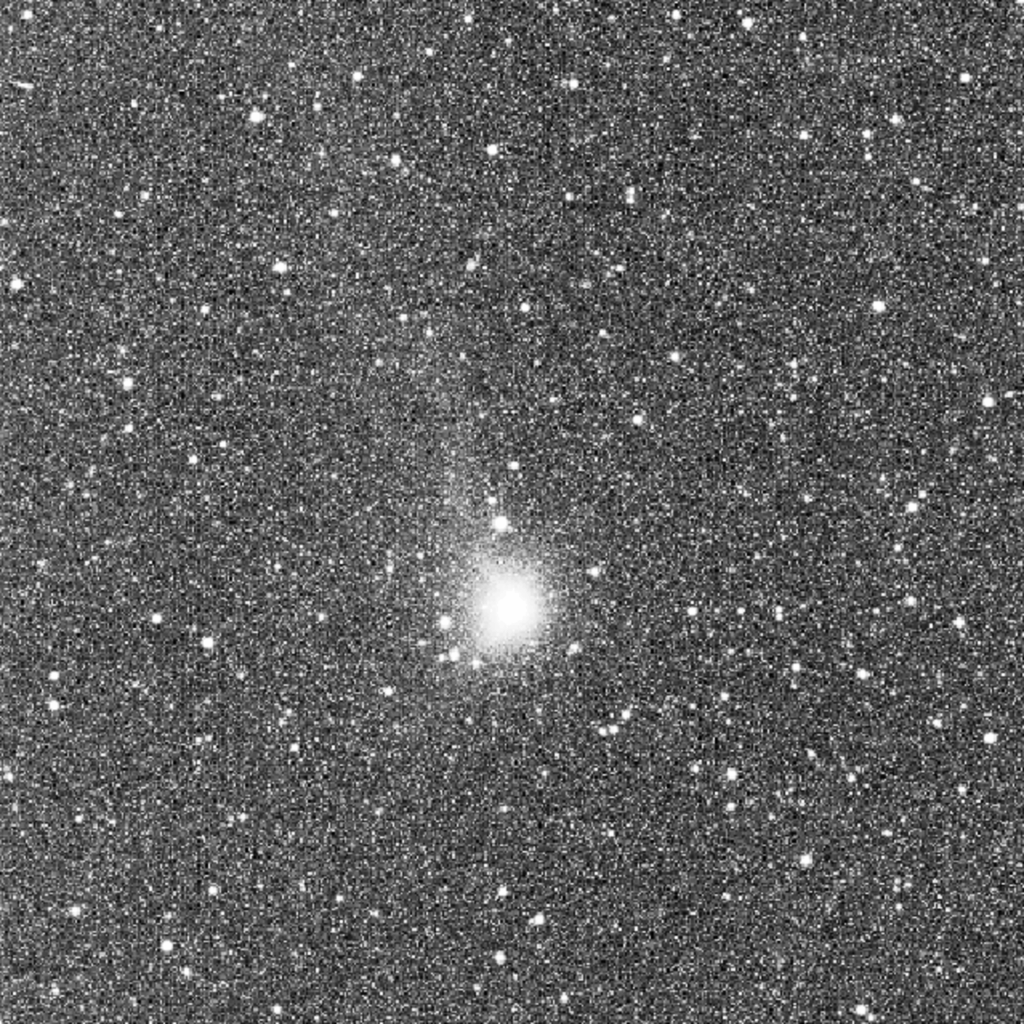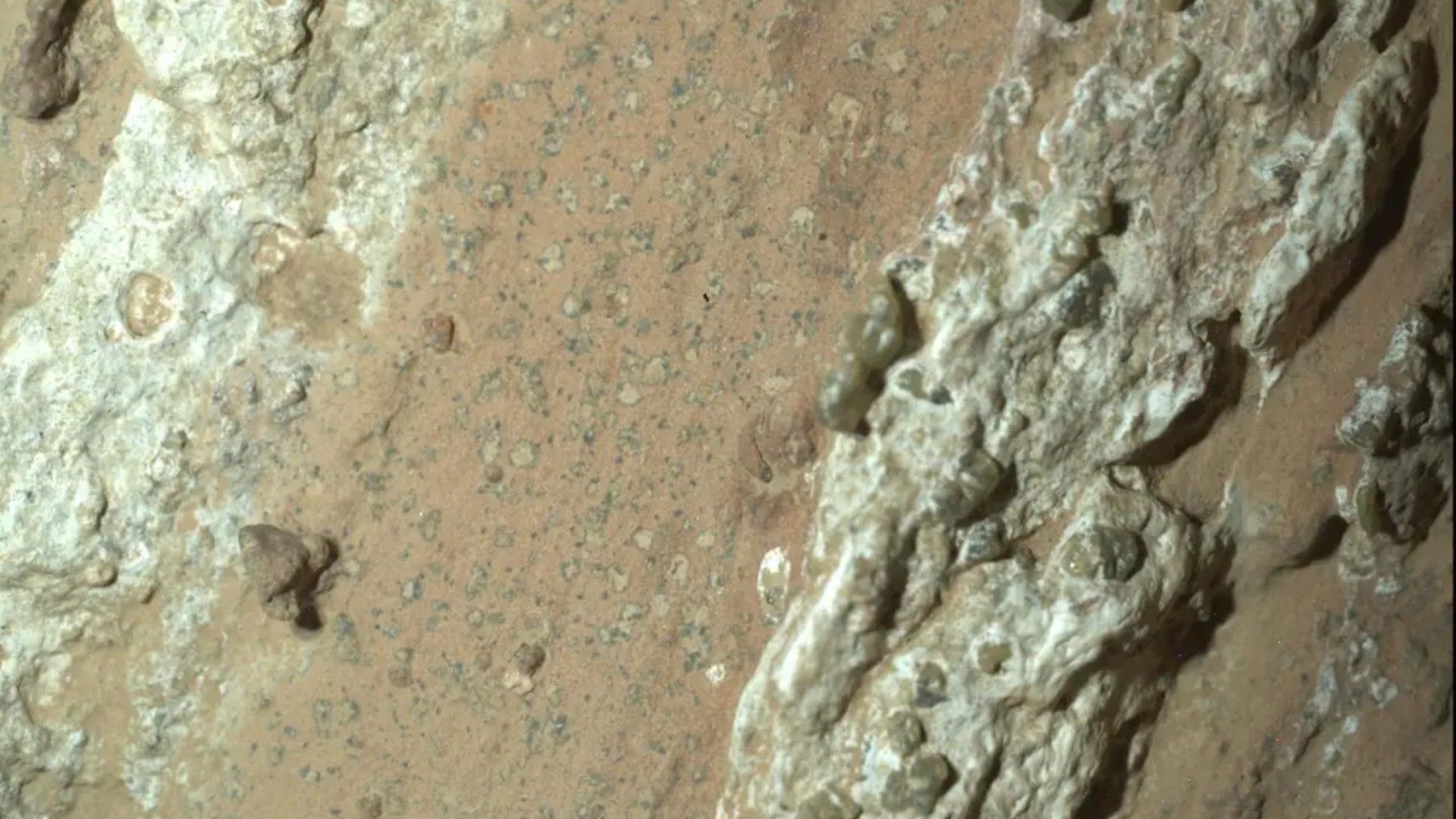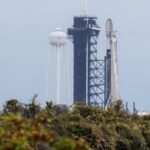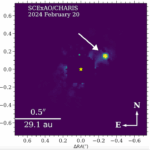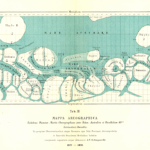Now Reading: Earth from Space: Kilauea lava lake, Hawaii
-
01
Earth from Space: Kilauea lava lake, Hawaii
Earth from Space: Kilauea lava lake, Hawaii
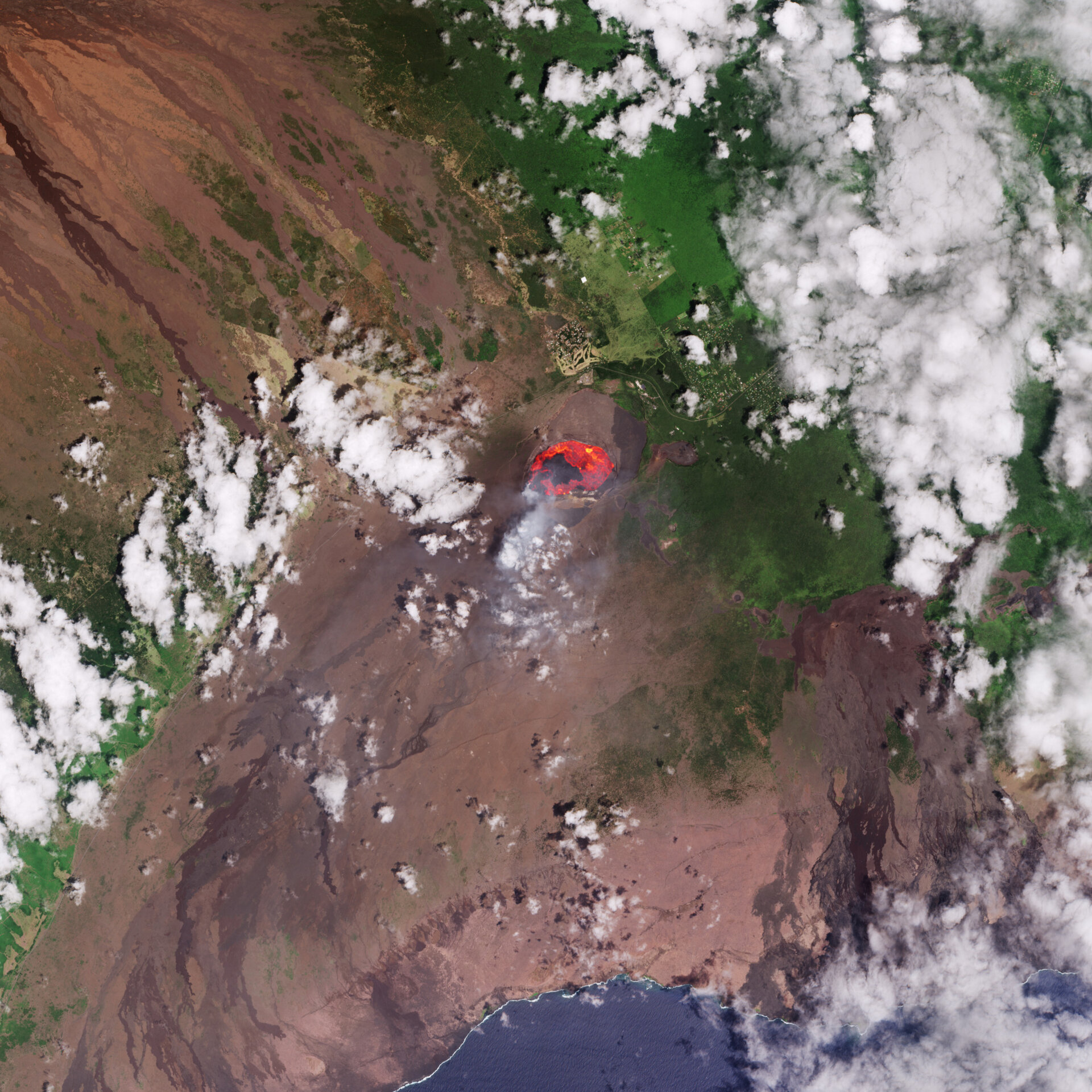

This Copernicus Sentinel-2 image captures an active lava lake on the Kilauea volcano on Hawaii’s Big Island.
Zoom in or click on the circles to explore this image at its full 10 m resolution.
Located in the central Pacific Ocean, Big Island is the southeastern-most island in the US state of Hawaii and, as its name suggests, the largest in the archipelago. Having formed above a magma hotspot in the Pacific plate, Hawaii has some of the world’s largest active volcanoes. One of these is Kilauea on the southeastern side of Big Island.
This Copernicus Sentinel-2 image from 3 September 2025 shows a lava lake approximately 2.5 km in length, inside the main crater of Kilauea. Following an eruptive episode on 2 September, lava fountains reached about 100 m high and lava flowed from multiple vents in the main crater.
Although the image has been processed in natural colour, the mission’s shortwave infrared channels, which detect heat sources, were also used to highlight the fiery lava flowing from the crater in orange and red. Plumes of smoke can also be seen leaking from the crater.
The current eruptive phase began on 23 December 2024 and continued into 2025 with repeated episodes of lava spewing into the air and flowing down the volcano. Signs of older eruptions are visible on the southern flanks of the crater as dark brown flows of solidified lava towards the coast.
Unlike the event pictured here, which was confined within the summit’s crater and posed little threat to the nearby communities, the eruption that began in May 2018 was one of the most destructive in Kilauea’s recorded history. It destroyed more than 600 homes and produced about 320 000 Olympic-sized swimming pools’ worth of lava that reshaped the landscape.
As we see in the image, the volcanic rock creates a rugged terrain, which contrasts with the surrounding lush vegetation and fields. In particular, light green and yellow areas north of the main crater correspond to human settlements, roads and plantations.
Big Island, like the other Hawaiian islands, has tropical forests from the combination of fertile volcanic soil and heavy rainfall. The clouds, visible throughout the image, form when the Pacific trade winds blow across the mountains in the middle of the ocean.
Satellite missions such as Copernicus Sentinel-2 are an excellent way to monitor volcanic eruptions, as they can image smoke plumes, lava flows, mudslides and ground fissures and can be used to help assess damage.
Stay Informed With the Latest & Most Important News
-
 012024 in Review: Highlights from NASA in Silicon Valley
012024 in Review: Highlights from NASA in Silicon Valley -
 02Panasonic Leica Summilux DG 15mm f/1.7 ASPH review
02Panasonic Leica Summilux DG 15mm f/1.7 ASPH review -
 03How New NASA, India Earth Satellite NISAR Will See Earth
03How New NASA, India Earth Satellite NISAR Will See Earth -
 04And Thus Begins A New Year For Life On Earth
04And Thus Begins A New Year For Life On Earth -
 05Astronomy Activation Ambassadors: A New Era
05Astronomy Activation Ambassadors: A New Era -
 06From Polymerization-Enabled Folding and Assembly to Chemical Evolution: Key Processes for Emergence of Functional Polymers in the Origin of Life
06From Polymerization-Enabled Folding and Assembly to Chemical Evolution: Key Processes for Emergence of Functional Polymers in the Origin of Life -
07SpaceX launch surge helps set new global launch record in 2024












